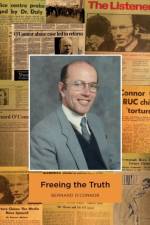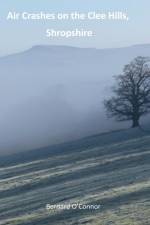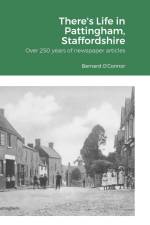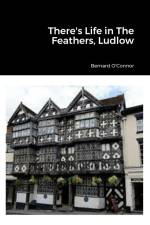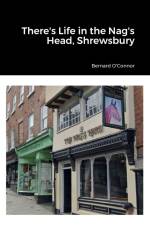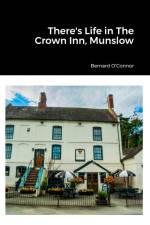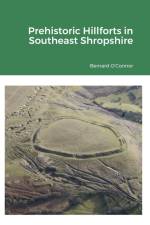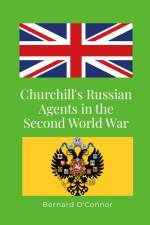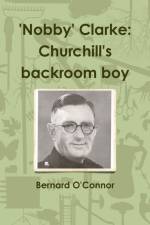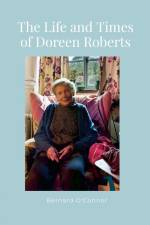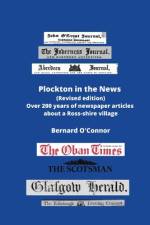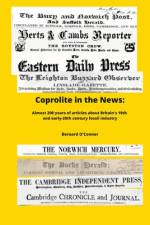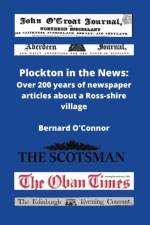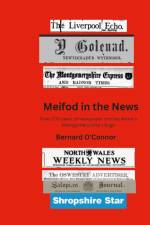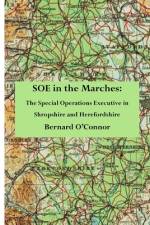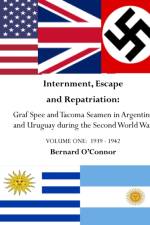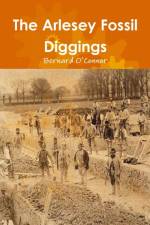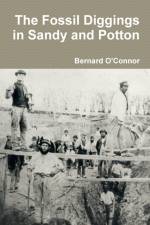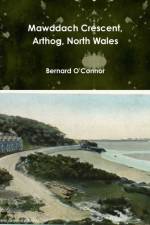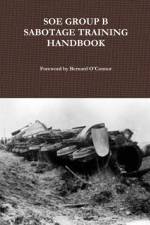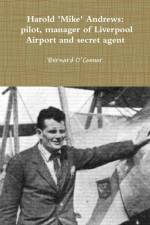von Bernard O'Connor
47,00 €
In the two centuries after the Norman invasion, Britain's population more than tripled. Demand for food meant more land had to be brought under cultivation. As the climate was generally warmer than it is today, it was possible to grow cereals and vegetables on higher land. On the Clee Hills in Shropshire, between Ludlow and Bridgnorth, woods were cleared and the timber used in the construction of new houses. Boulders and rocks were moved from the soil and used for building walls. The newly exposed soil was ploughed, seeded, weeded and harvested to feed the growing population. Many new settlements grew up on the slopes below abdon Clee, Clee Burf and Titterstone Clee. Some of them are still in existence but a number have been deserted. Studying deserted medieval villages began in the 1960s and Maurice Beresford, Trevor Rowley, Neha Patil and other historians and archaeologists have researched and written about those in Shropshire. Whilst many believe that the Black Death was responsible for massive rural depopulation, there were a number of other reasons why people deserted these settlements including economic hardship due to climate change, crop failures, animal diseases and wealthy landowners wanting the land for sheep grazing, for parkland and to remove unsightly buildings which spoilt their view.Bernard O'Connor's Deserted Medieval Settlements on the Clee Hills uses extracts from books, the Alchetron, OpenDomesday, the Victoria County History, Shropshire History, British History, Historic England, English Heritage and other websites to detail the deserted settlements of Abdon, Ashfield, Balsam's Heath, Bitterley, Bockleton, Broncroft, Brookhampton, Lower Cleeton, Cleestanton, Coldgreene, Cold Weston, Corfham, Corfton, Culmington, Ditton Priors, Downton, Egerton, Heath, Holdgate, Kinson, Lackstone, Lawton, Leverdgrene, Lydehole, More, Neen Savage, Newton, Great Oxenbold, Shipton, Ruthall, Shipton, Thonglands, Tugford, Wheathill, Witchcot and Yelds.

